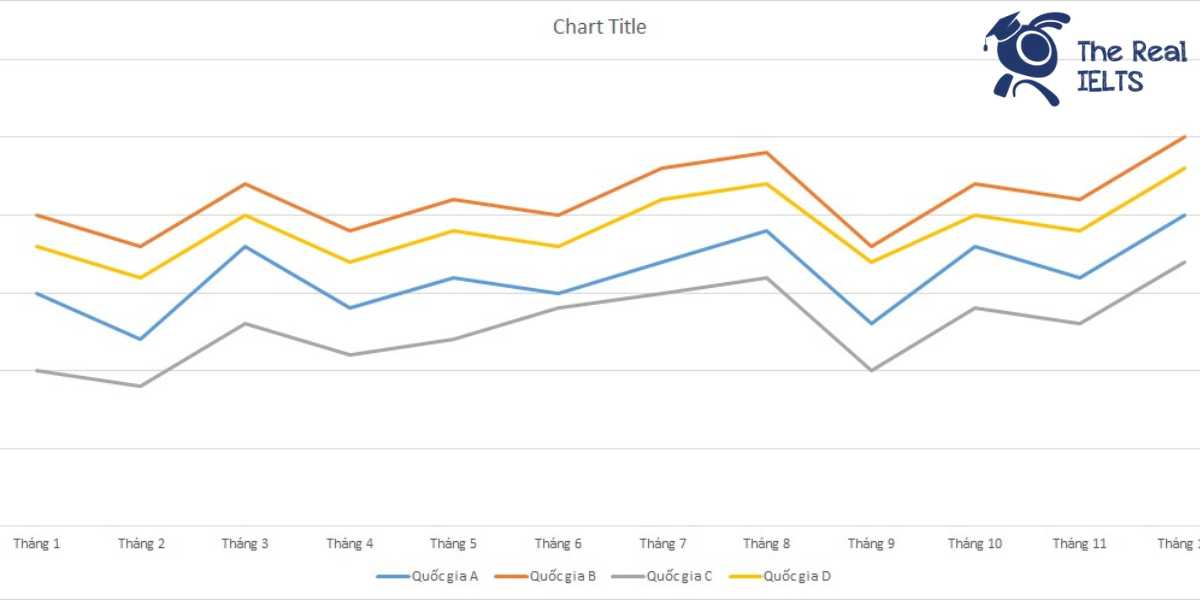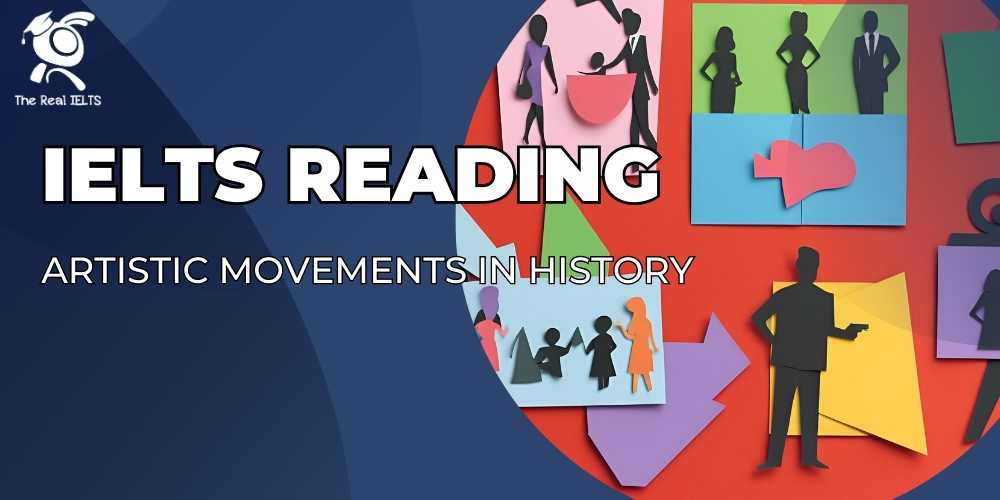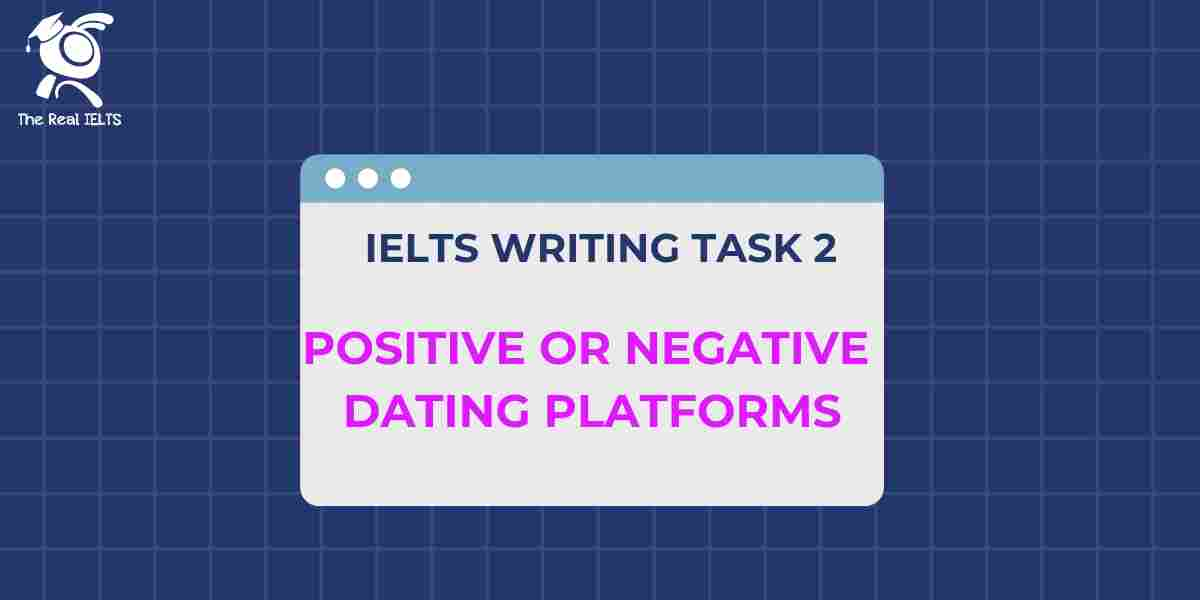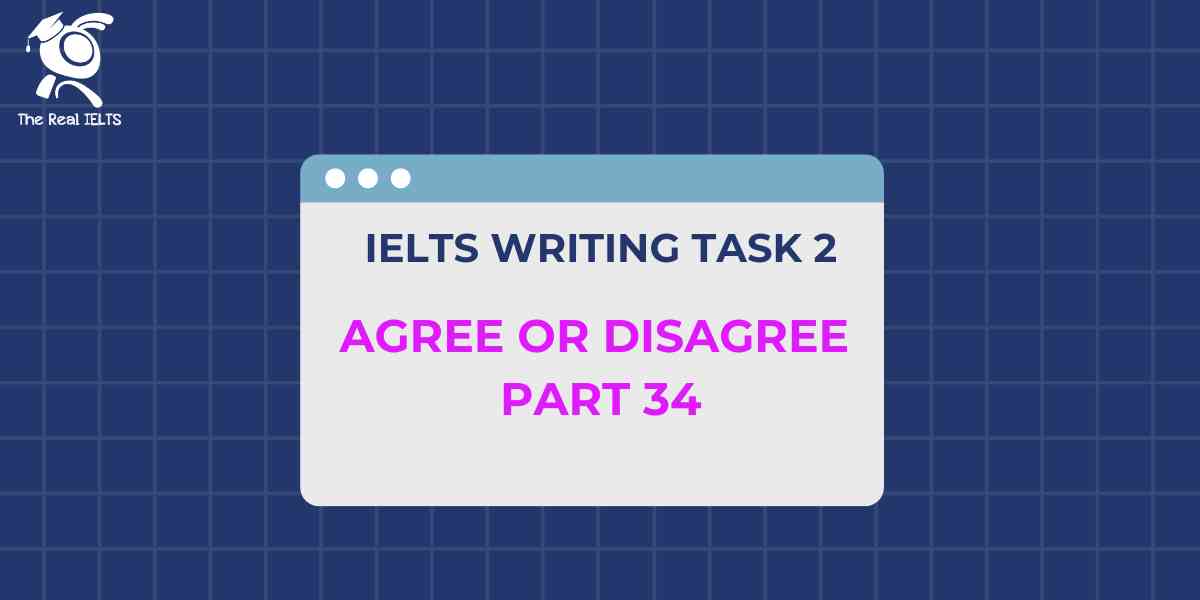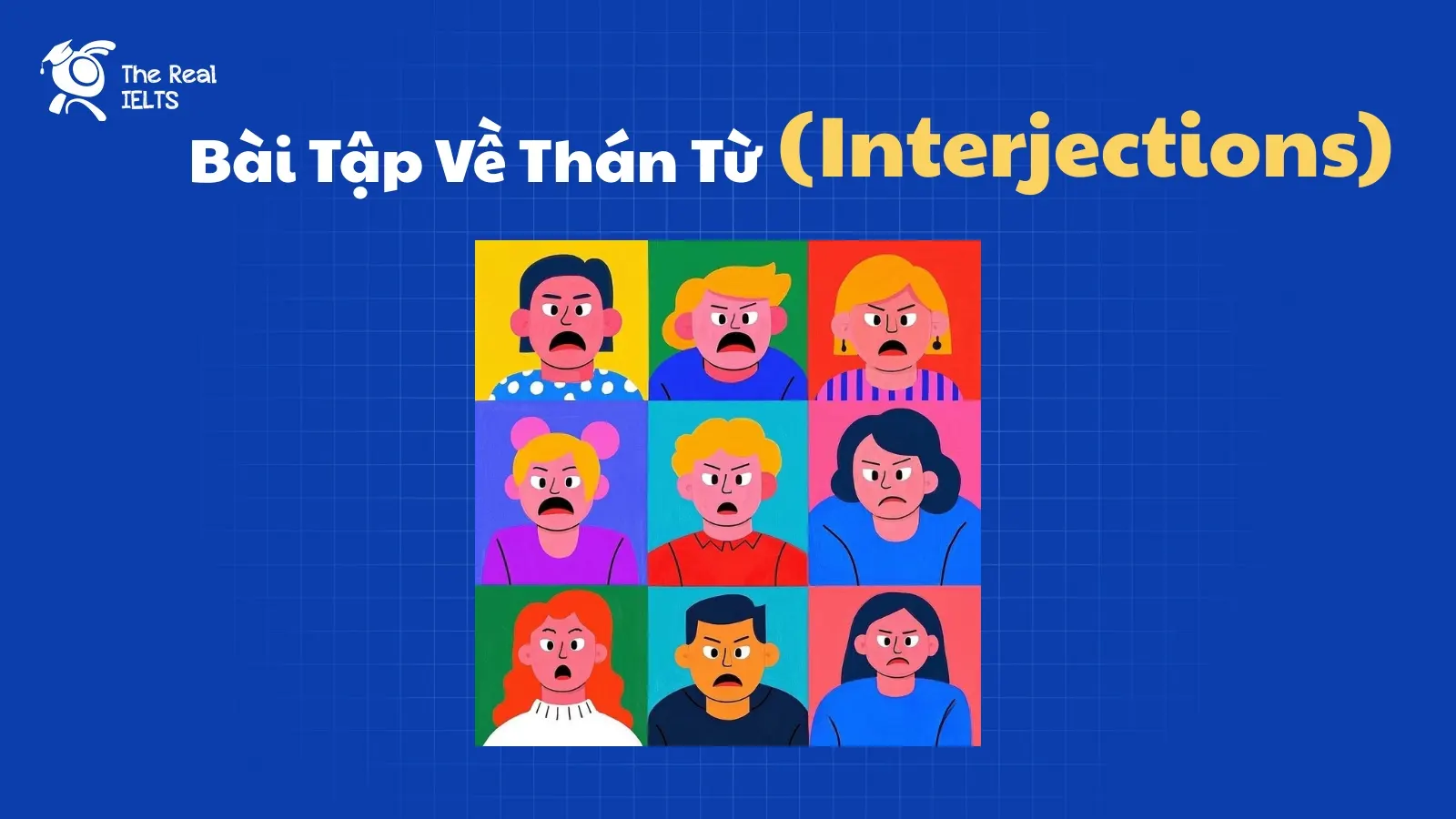Đề thi IELTS Reading có tiêu đề “The Role of Women in Science and Technology”
Nhớ đọc thêm các bài luyện thi IELTS nhé.
IELTS Reading: “The Role of Women in Science and Technology“
The Role of Women in Science and Technology
In recent decades, the role of women in science and technology has significantly evolved, reflecting broader societal changes and the ongoing fight for gender equality. Historically, women have been underrepresented in these fields, often facing barriers that range from societal expectations to institutional biases. However, their contributions have been crucial in shaping the modern world, and their growing presence in science and technology signals a positive shift towards inclusivity and diversity.
Historically, the exclusion of women from science and technology was largely driven by societal norms that dictated gender roles. In many cultures, women were expected to focus on domestic duties, while men were encouraged to pursue education and careers. This led to a significant underrepresentation of women in these fields, as they were often denied the same educational opportunities as their male counterparts. Even when women did manage to enter the field, their contributions were frequently overlooked or attributed to male colleagues. For instance, Rosalind Franklin’s pivotal role in the discovery of the DNA structure was not fully recognized during her lifetime, with the Nobel Prize being awarded to her male peers instead.
Despite these challenges, many women have made groundbreaking contributions to science and technology. Marie Curie, a physicist and chemist, became the first woman to win a Nobel Prize and remains the only person to have won Nobel Prizes in two different scientific fields. Ada Lovelace is another notable figure; she is often considered the first computer programmer due to her work on Charles Babbage’s early mechanical general-purpose computer, the Analytical Engine. These women, among others, have paved the way for future generations, demonstrating that women are just as capable as men in these fields.
The 20th century marked a turning point for women in science and technology. The feminist movements of the 1960s and 1970s played a crucial role in challenging the gender norms that had long kept women out of these fields. As more women pursued higher education, they began to enter scientific and technological careers in greater numbers. Governments and organizations also started to recognize the importance of gender equality in these fields, leading to policies and initiatives aimed at increasing female participation. For example, many countries have implemented quotas for women in STEM (science, technology, engineering, and mathematics) programs and careers, and organizations such as the United Nations have launched initiatives to support women in these fields globally.
In the contemporary context, the role of women in science and technology continues to expand. Today, women are involved in every aspect of these fields, from research and development to leadership positions in tech companies. For instance, women like Ginni Rometty, former CEO of IBM, and Sheryl Sandberg, former COO of Facebook, have demonstrated that women can lead and innovate at the highest levels of the technology industry. Moreover, female scientists are at the forefront of cutting-edge research in various fields, including artificial intelligence, biotechnology, and environmental science.
However, challenges remain. Despite the progress that has been made, women are still underrepresented in many areas of science and technology. The so-called “leaky pipeline” phenomenon refers to the gradual loss of women at each stage of their career in these fields, from education to employment. This is often due to a combination of factors, including a lack of role models, work-life balance issues, and persistent gender biases. For example, studies have shown that women in STEM fields are less likely to be promoted and more likely to leave their jobs due to a hostile work environment.
Addressing these challenges requires a multifaceted approach. Encouraging more girls to pursue STEM education is essential, as is providing support for women throughout their careers. Mentorship programs, flexible work arrangements, and policies aimed at reducing gender bias can all help to retain women in these fields. Furthermore, increasing the visibility of female role models in science and technology can inspire the next generation of women to pursue these careers.
In conclusion, the role of women in science and technology has come a long way, but there is still work to be done. Women have made and continue to make invaluable contributions to these fields, yet they remain underrepresented and face significant challenges. By continuing to promote gender equality and supporting women at every stage of their careers, we can ensure that the future of science and technology is one where everyone, regardless of gender, can contribute to the advancement of human knowledge and innovation.In conclusion,
The Industrial Revolution was a transformative period in history that brought about significant changes in technology, society, and the global economy. While it led to remarkable advancements in production and economic growth, it also created social challenges and environmental problems that continue to resonate in the modern world. The legacy of the Industrial Revolution is still evident today, as we continue to grapple with the impacts of industrialization and the ongoing process of technological change.
Đề bài thi IELTS Reading
Multiple Choice Questions (Câu hỏi trắc nghiệm)
- What was one of the main barriers for women in science and technology historically?
- A. Lack of interest
- B. Societal expectations
- C. Lack of funding
- D. Overrepresentation
- Which scientist is known for winning Nobel Prizes in two different scientific fields?
- A. Ada Lovelace
- B. Rosalind Franklin
- C. Ginni Rometty
- D. Marie Curie
- What did the feminist movements of the 1960s and 1970s contribute to?
- A. Decreasing women’s participation in STEM fields
- B. Maintaining traditional gender roles
- C. Increasing women’s presence in science and technology
- D. Reducing educational opportunities for women
- The “leaky pipeline” phenomenon refers to:
- A. Women leaving their jobs in STEM fields gradually
- B. Men replacing women in technology roles
- C. The advancement of women in leadership positions
- D. The constant entry of women into science
- What is one proposed solution to retain more women in STEM careers?
- A. Higher education fees
- B. Reducing visibility of female role models
- C. Flexible work arrangements
- D. Increasing gender biases
True/False/Not Given Questions
- True/False/Not Given: Rosalind Franklin’s contributions to the discovery of DNA structure were fully recognized during her lifetime.
- True/False/Not Given: The essay argues that men and women are equally represented in science and technology today.
- True/False/Not Given: The United Nations has launched initiatives to support women in STEM globally.
- True/False/Not Given: The “leaky pipeline” refers to women being promoted faster than men in STEM fields.
- True/False/Not Given: Ada Lovelace’s work is considered foundational to modern computer programming.
Yes/No/Not Given Questions
- Yes/No/Not Given: The author believes that increasing female representation in science and technology will harm the fields.
- Yes/No/Not Given: The author supports mentorship programs to help women in STEM.
- Yes/No/Not Given: The text suggests that women are naturally less inclined toward science and technology.
- Yes/No/Not Given: The author agrees that government policies have been effective in promoting women in STEM fields.
- Yes/No/Not Given: The essay argues that the presence of female role models has no impact on young girls’ interest in STEM.
Matching Information (Nối thông tin)
- Match the following statements with the correct person mentioned in the text:
- A. Won Nobel Prizes in two scientific fields.
- B. Often regarded as the first computer programmer.
- C. Played a crucial role in discovering the DNA structure.
- D. Former CEO of IBM.
- Ada Lovelace
- Rosalind Franklin
- Marie Curie
- Ginni Rometty
Matching Headings (Nối tiêu đề với đoạn văn)
- Match the headings below to the correct paragraph:
- A. Historical Barriers for Women in STEM
- B. Women in Leadership Roles Today
- C. The Impact of Feminist Movements
- D. Addressing the “Leaky Pipeline” Phenomenon
- Paragraph 2
- Paragraph 3
- Paragraph 4
- Paragraph 6
Matching Features (Nối đặc điểm)
- Match the following descriptions with the correct concept:
- A. Efforts to increase female participation in STEM
- B. The gradual loss of women from STEM fields
- C. Early female pioneers in science
- D. Contemporary female leaders in technology
- “Leaky pipeline”
- Ada Lovelace
- Ginni Rometty
- Quotas for women in STEM
Matching Sentence Endings (Nối phần kết câu)
- Complete each sentence by matching the sentence beginnings with the correct endings:
- A. Despite challenges, women have…
- B. The feminist movements helped…
- C. The “leaky pipeline” describes…
- D. Increasing visibility of female role models can…
- inspire more women to enter STEM fields.
- persisted and made significant contributions in science.
- address the underrepresentation of women in STEM.
- the gradual loss of women in STEM careers.
Sentence Completion (Hoàn thành câu)
- Fill in the blank: Ada Lovelace is often considered the first __________ due to her work on Charles Babbage’s early computer.
- Fill in the blank: Marie Curie is known for winning Nobel Prizes in __________ scientific fields.
- Fill in the blank: The “leaky pipeline” refers to the gradual loss of women at each stage of their __________ in STEM fields.
- Fill in the blank: The feminist movements of the 1960s and 1970s played a crucial role in challenging __________ that kept women out of science and technology.
- Fill in the blank: Rosalind Franklin’s contributions to the discovery of the __________ structure were not fully recognized during her lifetime.
Summary Completion (Hoàn thành tóm tắt)
- Fill in the blanks in the following summary:
- The role of women in science and technology has evolved significantly over time. Historically, women were excluded due to __________ norms and institutional biases. Despite this, women like Marie Curie and Ada Lovelace made groundbreaking contributions. In the 20th century, feminist movements and __________ policies helped to increase female participation in these fields. However, challenges such as the “leaky pipeline” remain, requiring solutions like __________ and mentorship programs.
Diagram Label Completion (Hoàn thành nhãn của sơ đồ)
- Label the following diagram based on the text:
- Diagram: The “Leaky Pipeline” in STEM Careers.
- Stage 1: Girls entering STEM education.
- Stage 2: Women pursuing STEM degrees.
- Stage 3: __________.
- Stage 4: Women leaving STEM careers.
Short Answer Questions (Câu hỏi trả lời ngắn)
- What are two historical barriers that kept women out of science and technology?
- Name one female scientist mentioned in the text who contributed significantly to computer science.
- What phenomenon describes the gradual loss of women in STEM careers?
- Which 20th-century movements helped to increase women’s participation in STEM fields?
Matching Information (Nối thông tin)
- Match the contribution with the correct female figure:
- A. Pioneered the concept of computer programming.
- B. Discovered the DNA structure.
- C. Led a major technology company as CEO.
- D. Won Nobel Prizes in Physics and Chemistry.
- Marie Curie
- Ada Lovelace
- Rosalind Franklin
- Ginni Rometty
True/False/Not Given Questions
- True/False/Not Given: The text states that women are now equally represented in leadership positions within technology companies.
- True/False/Not Given: The essay suggests that mentorship programs are unnecessary for women in STEM fields.
- True/False/Not Given: Feminist movements had no impact on women’s involvement in science and technology.
Multiple Choice Questions
- Which of the following best describes the “leaky pipeline” in STEM fields?
- A. A phenomenon where men dominate leadership roles
- B. The gradual decrease of women in STEM careers
- C. The increase of women in STEM careers
- D. A method to promote women in STEM
- Why is Ada Lovelace an important figure in the history of computer science?
- A. She discovered DNA
- B. She led a major tech company
- C. She is considered the first computer programmer
- D. She won a Nobel Prize in Chemistry
Matching Headings
- Match each paragraph to the correct heading:
- A. Early Barriers for Women in STEM
- B. Contributions of Female Scientists
- C. The Role of Feminist Movements
- D. Contemporary Challenges in STEM for Women
- Paragraph 2
- Paragraph 3
- Paragraph 4
- Paragraph 5
Matching Sentence Endings
- Complete the sentences by matching the beginnings with the correct endings:
- A. The role of women in science and technology has…
- B. Historical norms kept women…
- C. Despite challenges, women like Marie Curie have…
- D. Contemporary female leaders like Ginni Rometty demonstrate that…
- persisted and made significant contributions.
- evolved significantly over the years.
- women can excel in leadership positions in technology.
- out of scientific and technological fields.
Sentence Completion
- Fill in the blank: Marie Curie was the first woman to win a __________.
- Fill in the blank: The “leaky pipeline” is a phenomenon where women __________ STEM careers at various stages.
Đáp án bài thi IELTS Reading
Multiple Choice Questions
- B. Societal expectations
- D. Marie Curie
- C. Increasing women’s presence in science and technology
- A. Women leaving their jobs in STEM fields gradually
- C. Flexible work arrangements
True/False/Not Given Questions
- False (Rosalind Franklin’s contributions were not fully recognized during her lifetime.)
- False (The text suggests that women are still underrepresented in these fields.)
- True (The United Nations has launched initiatives to support women in these fields globally.)
- False (The “leaky pipeline” refers to the gradual loss of women in STEM fields, not faster promotion.)
- True (Ada Lovelace’s work is considered foundational to modern computer programming.)
Yes/No/Not Given Questions
- No (The author does not believe that increasing female representation will harm these fields.)
- Yes (The author supports mentorship programs to help retain women in STEM.)
- No (The text does not suggest that women are naturally less inclined toward science and technology.)
- Yes (The author agrees that government policies have been effective in promoting women in STEM fields.)
- No (The text suggests that increasing the visibility of female role models can inspire young girls to enter STEM fields.)
Matching Information
- 3. Marie Curie: A. Won Nobel Prizes in two scientific fields.
- 1. Ada Lovelace: B. Often regarded as the first computer programmer.
- 2. Rosalind Franklin: C. Played a crucial role in discovering the DNA structure.
- 4. Ginni Rometty: D. Former CEO of IBM.
Matching Headings
- A. Historical Barriers for Women in STEM: 1. Paragraph 2
- C. The Impact of Feminist Movements: 2. Paragraph 3
- B. Women in Leadership Roles Today: 3. Paragraph 4
- D. Addressing the “Leaky Pipeline” Phenomenon: 4. Paragraph 6
Matching Features
- 4. Quotas for women in STEM: A. Efforts to increase female participation in STEM
- 1. “Leaky pipeline”: B. The gradual loss of women from STEM fields
- 2. Ada Lovelace: C. Early female pioneers in science
- 3. Ginni Rometty: D. Contemporary female leaders in technology
Matching Sentence Endings
- B. The feminist movements helped…: 3. address the underrepresentation of women in STEM.
- D. Increasing visibility of female role models can…: 1. inspire more women to enter STEM fields.
- A. Despite challenges, women have…: 2. persisted and made significant contributions in science.
- C. The “leaky pipeline” describes…: 4. the gradual loss of women in STEM careers.
Sentence Completion
- computer programmer
- two
- career
- gender norms
- DNA
Summary Completion
- societal (or gender)
- government (or policy)
- flexible work arrangements (or mentorship programs)
Diagram Label Completion
- Women pursuing STEM careers
Short Answer Questions
- Societal expectations and institutional biases
- Ada Lovelace
- Leaky pipeline
- Feminist movements
Matching Information
- 2. Ada Lovelace: A. Pioneered the concept of computer programming.
- 3. Rosalind Franklin: B. Discovered the DNA structure.
- 4. Ginni Rometty: C. Led a major technology company as CEO.
- 1. Marie Curie: D. Won Nobel Prizes in Physics and Chemistry.
True/False/Not Given Questions
- False (The text mentions that women are still underrepresented in leadership positions within technology companies.)
- False (The essay supports mentorship programs as a solution for retaining women in STEM fields.)
- False (The feminist movements are credited with helping to increase women’s participation in science and technology.)
Multiple Choice Questions
- B. The gradual decrease of women in STEM careers
- C. She is considered the first computer programmer
Matching Headings
- A. Early Barriers for Women in STEM: 1. Paragraph 2
- B. Contributions of Female Scientists: 2. Paragraph 3
- C. The Role of Feminist Movements: 3. Paragraph 4
- D. Contemporary Challenges in STEM for Women: 4. Paragraph 5
Matching Sentence Endings
- B. Historical norms kept women…: 4. out of scientific and technological fields.
- A. The role of women in science and technology has…: 2. evolved significantly over the years.
- C. Despite challenges, women like Marie Curie have…: 1. persisted and made significant contributions.
- D. Contemporary female leaders like Ginni Rometty demonstrate that…: 3. women can excel in leadership positions in technology.
Sentence Completion
- Nobel Prize
- leave
Luyện tập bài khác ở bài viết:”100 bài luyện IELTS Reading 2024 – 2025“




